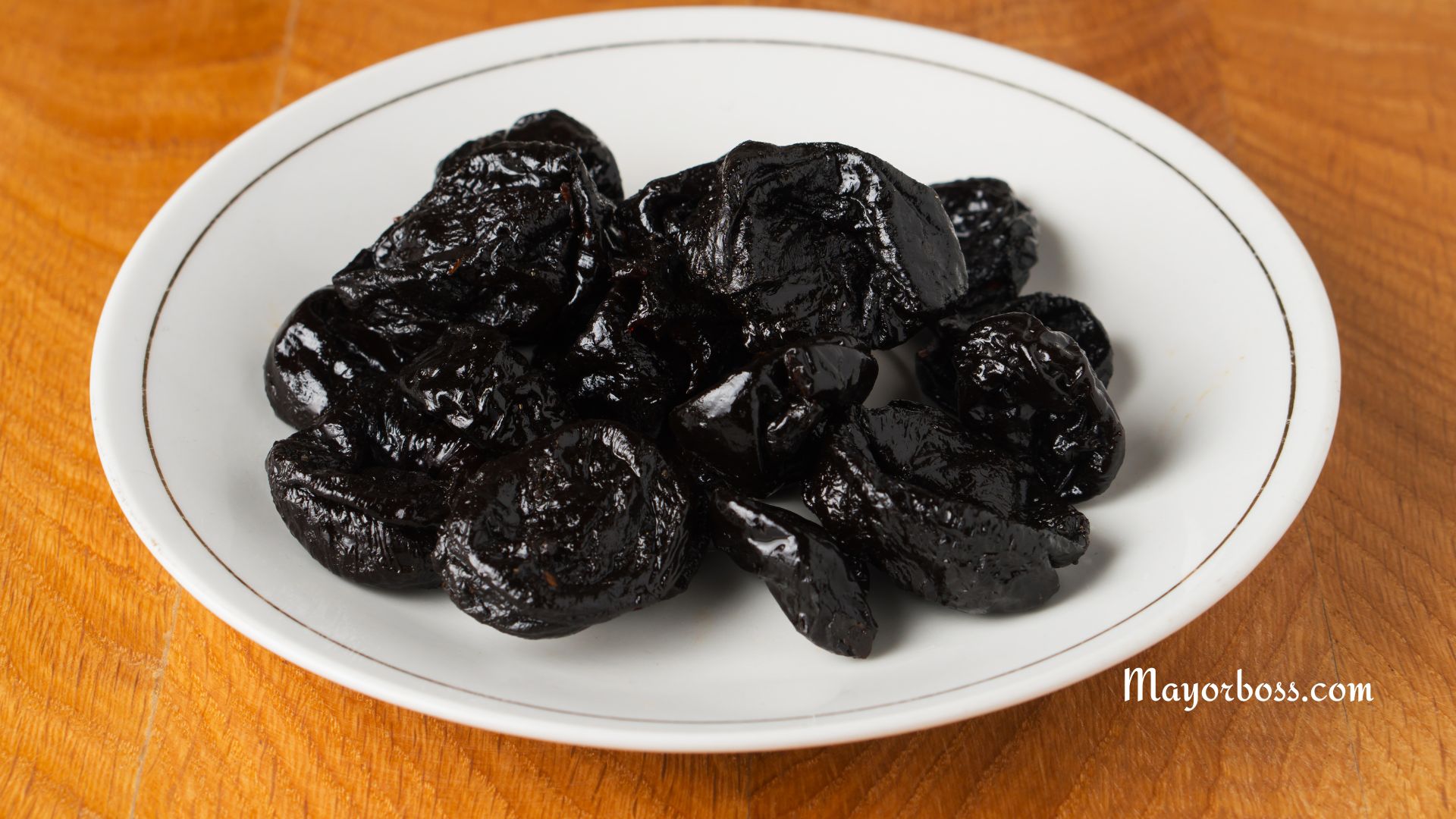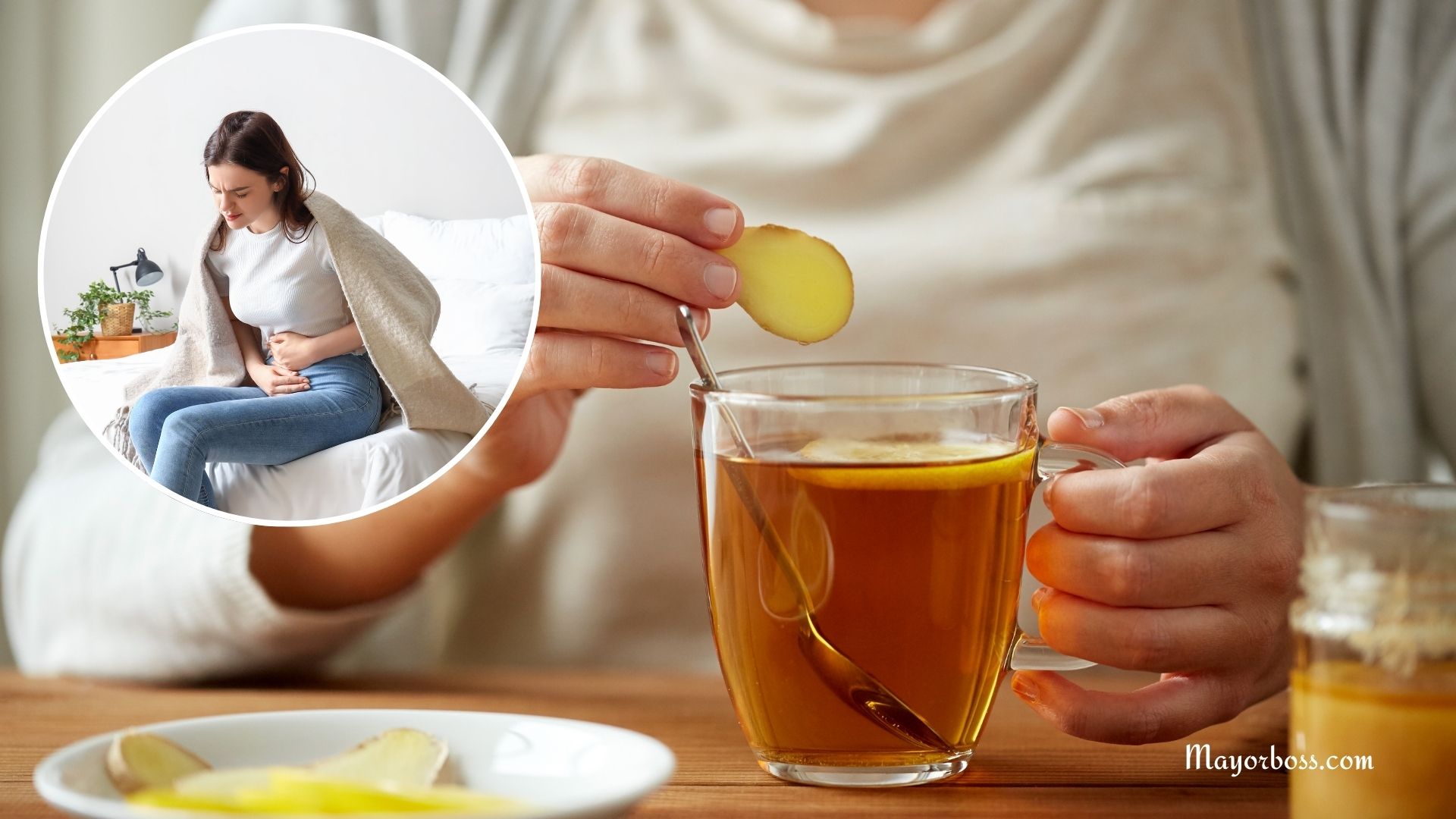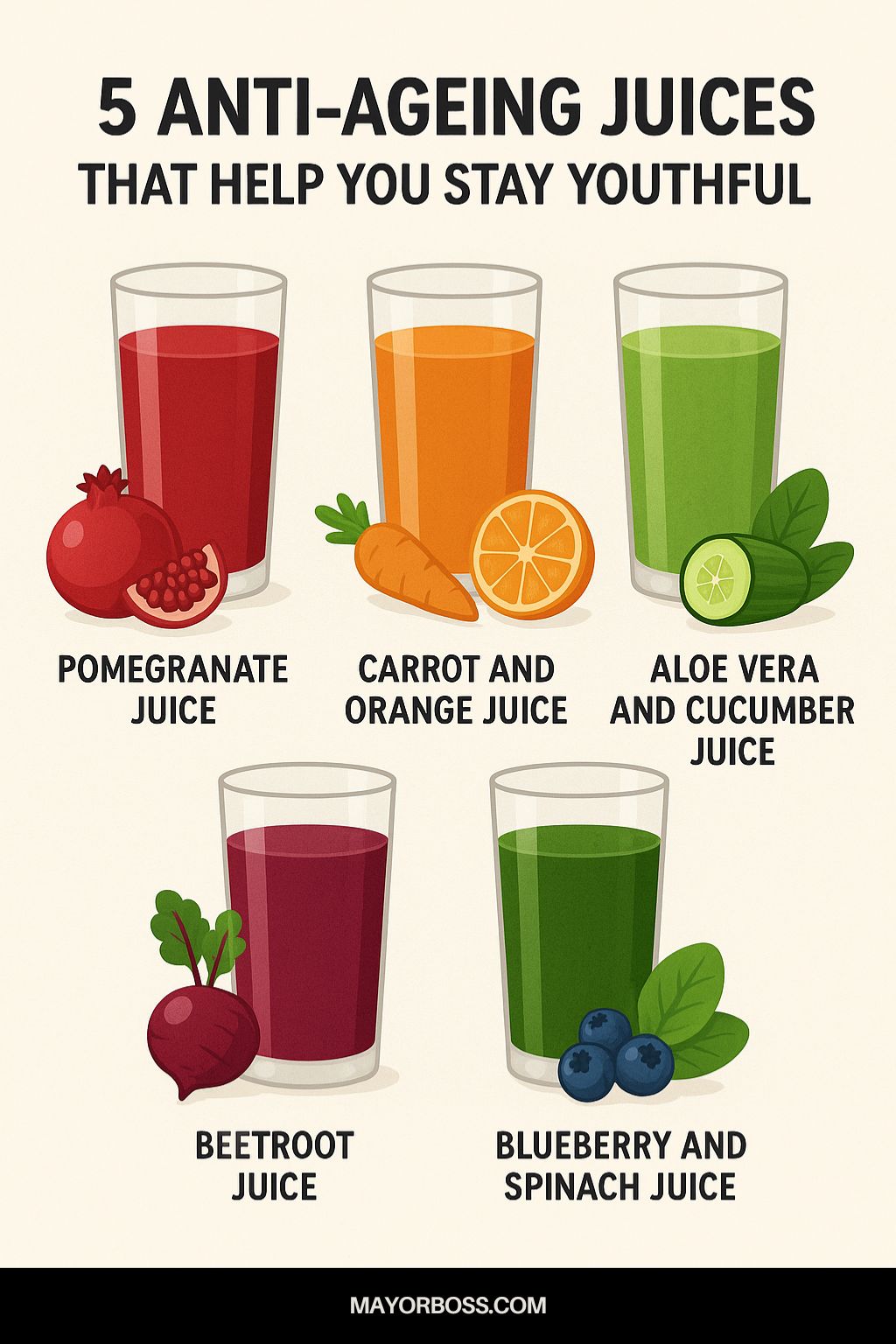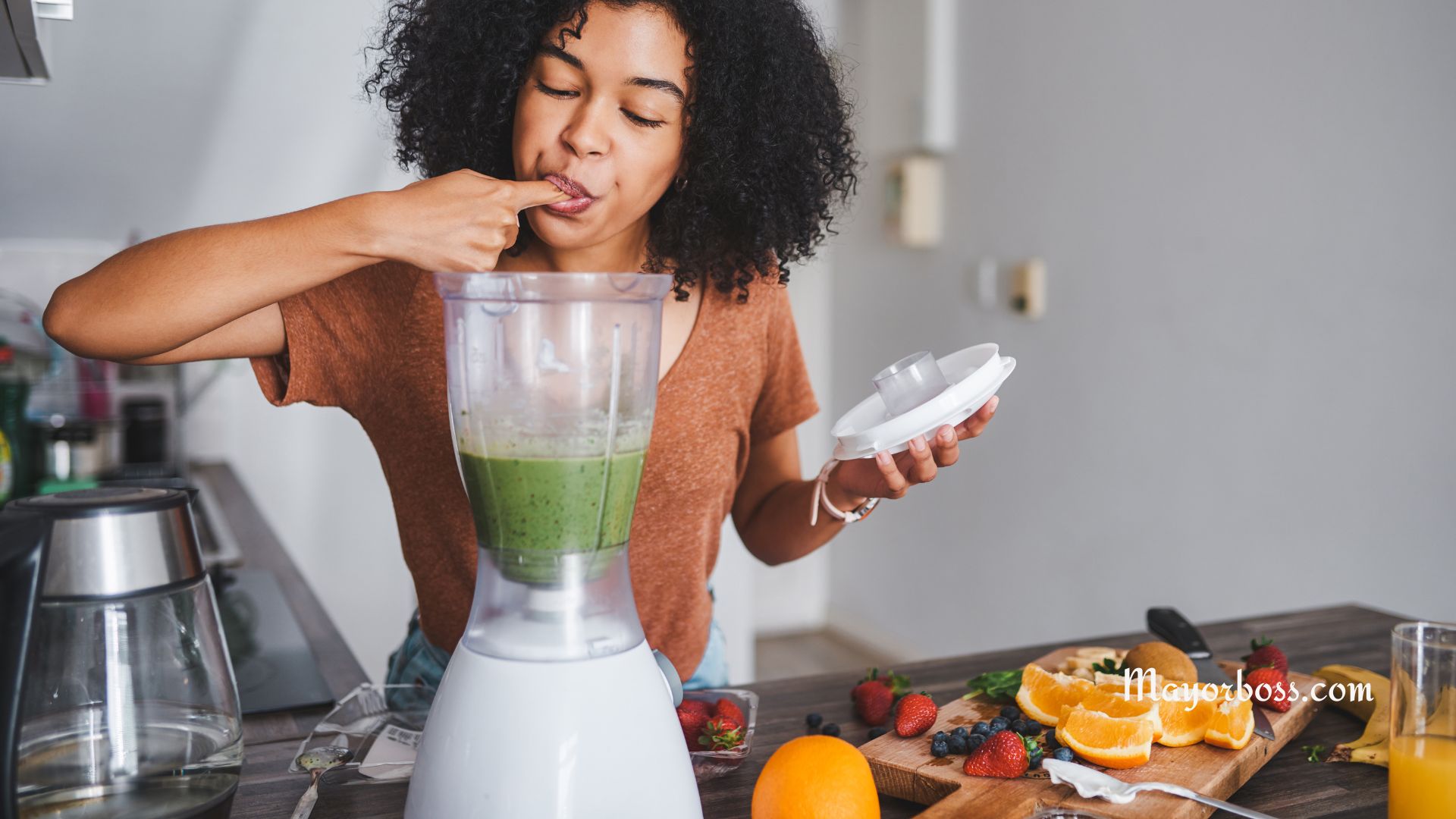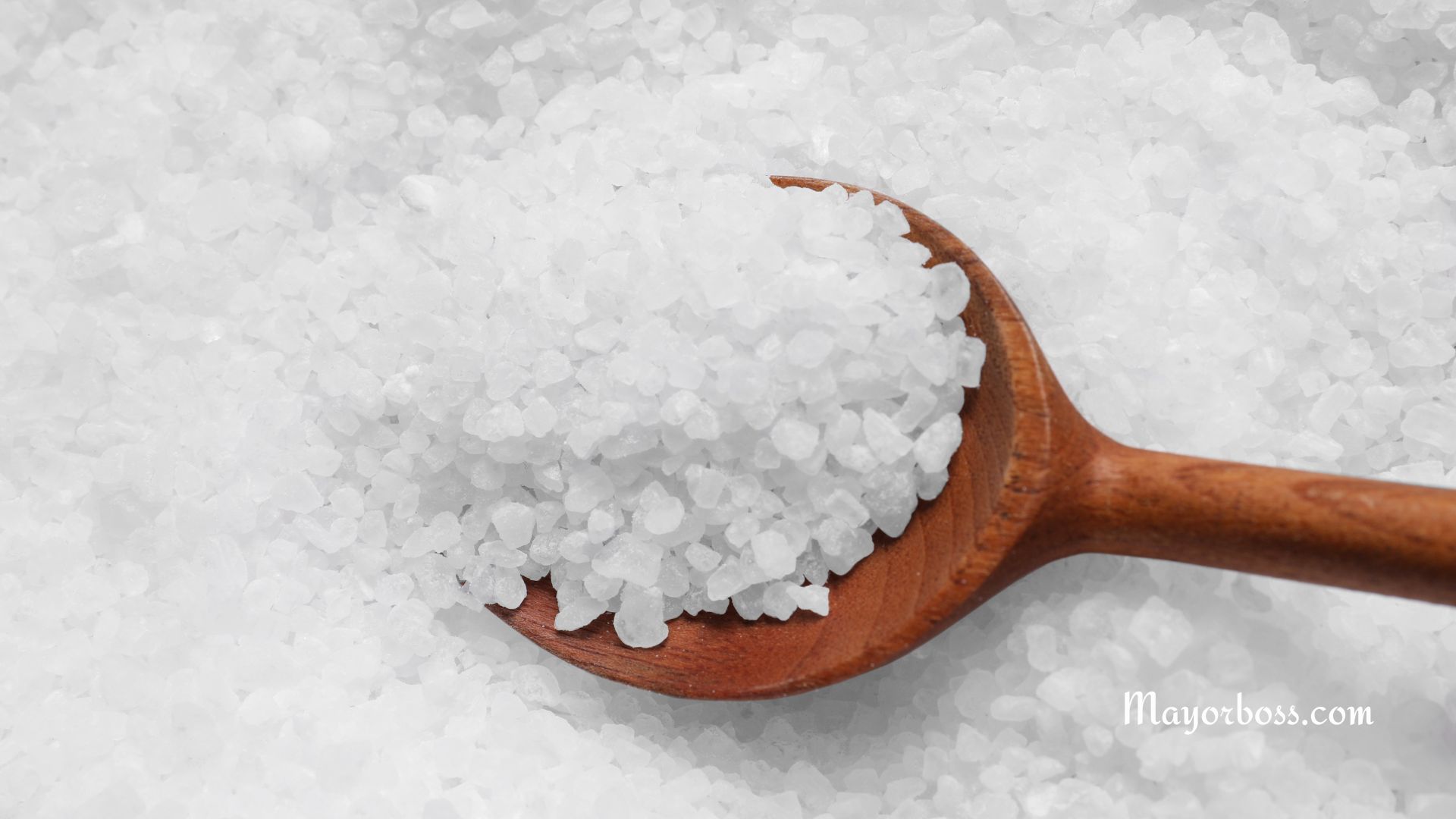What Foods Naturally Thin Your Blood? A Comprehensive Guide
Are you curious about how certain foods can naturally thin your blood? Some foods and spices act like gentle, natural anticoagulant helpers. Fatty fish (rich in omega-3s), garlic, ginger, turmeric, cayenne pepper, nuts, and seeds may help reduce platelet stickiness and support healthy blood flow. Effects are mild, but they can raise bleeding risk, especially with anticoagulant medicine. Talk with your doctor first.
Natural Blood Thinners: What Are They?
Foods that naturally thin your blood work by reducing blood platelet aggregation or affecting the clotting process. Keep in mind that while these foods can support cardiovascular health, they should never replace medical treatments without a doctor’s guidance.
This guide explains which foods act like natural anticoagulant aids, who needs caution, and how to use them safely. Read more to get information on some of the best natural blood thinners.
Foods and Spices That Naturally Thin Blood
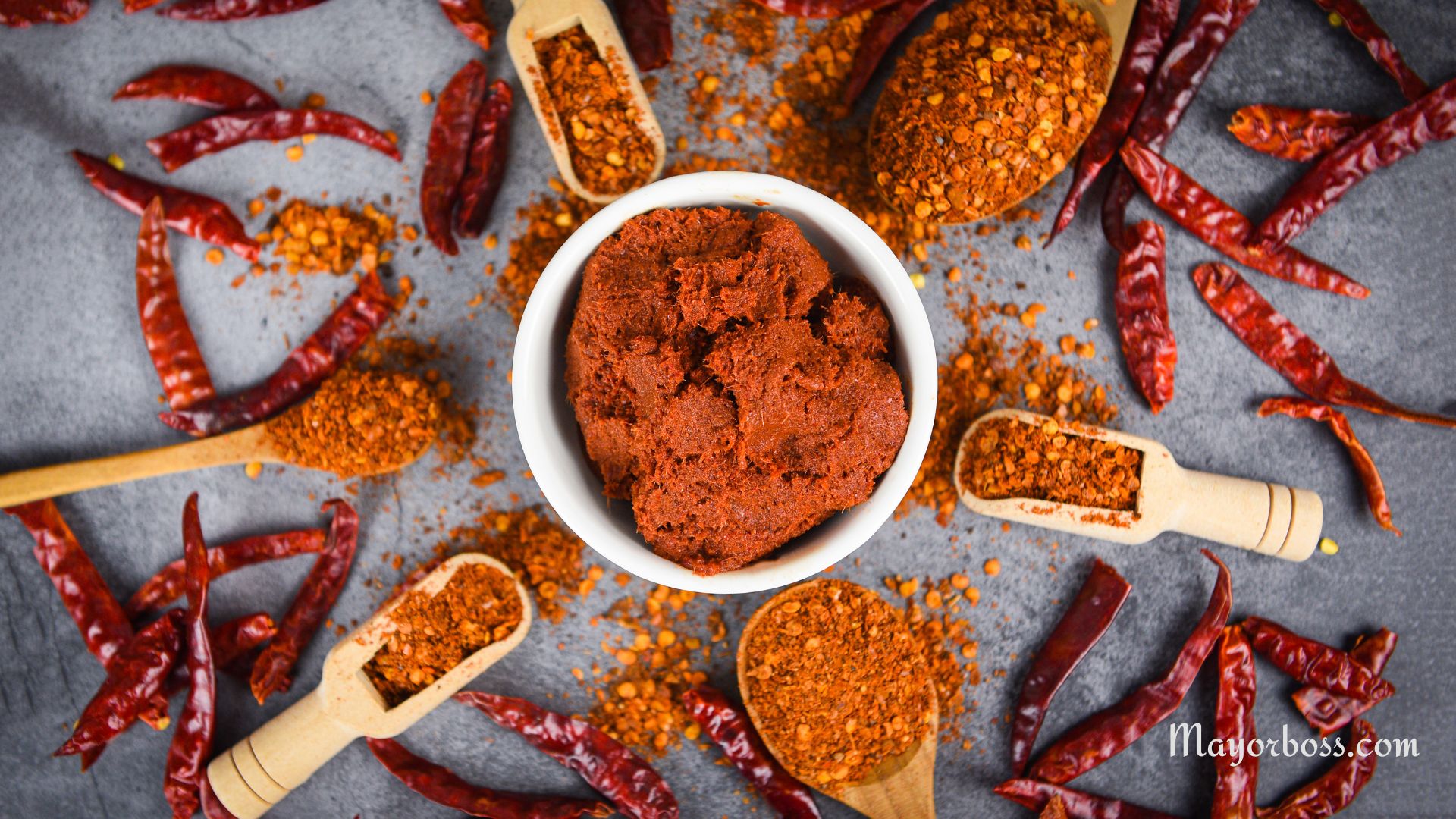
1) Fatty Fish and Omega-3s
Salmon, sardines, mackerel, trout, and herring provide omega-3 fats. Omega-3s reduce platelet stickiness and support flexible vessels. Aim for two fish meals each week. If you take fish-oil pills, ask your doctor about the dose and safety, especially if you also take warfarin or newer blood thinners.1
2) Garlic
Fresh garlic and cooked garlic contain allicin and related compounds that reduce platelet clumping. Add a clove to sauces, soups, or roasted veggies. Garlic pills can be stronger than food, so discuss supplements with your doctor if you bruise easily or use blood-thinning medicine.
3) Ginger

Ginger contains gingerols that calm inflammation and lower platelet activity. Grate fresh ginger into tea or stir-fries. If you use ginger capsules, review your full medication list with a clinician first.2
4) Turmeric
Turmeric’s main compound, curcumin, supports healthy vessel function and shows mild antiplatelet activity in studies. Golden milk, curry dishes, or a pinch in eggs work well. Curcumin supplements can interact with medicines; food amounts remain the safer starting point.3
5) Cayenne Pepper
Cayenne contains capsaicin, which supports blood flow and may gently reduce clotting signals. A small sprinkle in soups or chili gives warmth and flavor. Large amounts can upset the stomach, so keep portions modest.
6) Nuts and Seeds High in Vitamin E
Almonds, hazelnuts, sunflower seeds, and wheat germ oil deliver vitamin E. In higher amounts, vitamin E reduces clot formation. Enjoy a small handful of nuts with fruit or sprinkle seeds on salads. If you already take a multivitamin or a separate vitamin E pill, confirm total intake with your clinician.
7) Dark Chocolate and Cocoa
Cocoa flavanols help platelets stay less sticky and relax blood vessels. Choose dark chocolate with higher cocoa content and modest portions. Remember, chocolate adds calories and sugar, so enjoy it as a small treat.
8) Berries and Other Fruits with Natural Salicylates
Strawberries, blueberries, blackberries, raisins, and grapes contain salicylates and polyphenols that reduce platelet activity. A cup of mixed berries with yogurt makes a heart-smart snack.
9) Grapes and Red/Purple Juice
Grapes and 100% grape juice contain resveratrol and other flavonoids that support healthy blood flow. Keep portions reasonable, since juice concentrates sugar.
10) Pineapple

Fresh pineapple offers bromelain, an enzyme linked with mild antiplatelet effects. A few slices or a salsa topping on fish adds both flavor and function. Bromelain supplements can act strongly; use medical guidance before trying pills.
11) Olive Oil and Avocado
Olive oil and avocado support vascular health and reduce inflammatory signals. Swapping these fats for butter supports overall heart wellness and may nudge platelets toward less stickiness.
Foods That Work Against Thinner Blood
Leafy greens such as spinach, kale, and collards supply vitamin K, which supports clotting. These foods are very healthy. The key is steady intake. If you use warfarin, large swings in vitamin K can throw off your dose. Keep leafy greens consistent from week to week and coordinate with your care team.
When to See a Doctor
Seek urgent care if you notice:
If you take warfarin, apixaban, rivaroxaban, dabigatran, edoxaban, clopidogrel, or aspirin, ask your doctor before changing your diet or starting supplements. Share every pill, powder, tea, and herb you use.
How to Use These Foods Safely
Common Myths
Myth 1. I should not eat leafy greens if I take warfarin.
Truth. You can eat them. Keep the amount steady and coordinate with your clinic.
Myth 2. Wine is required for heart health.
Truth. You can get polyphenols from grapes and cocoa without alcohol.
Myth 3. Supplements are safer than medicine.
Truth. Some supplements increase bleeding risk. Natural does not always mean safe. Share every product you use with your clinician.
Final Thoughts
Food can support healthy blood flow in a gentle way. Fish rich in omega-3s, plant foods full of polyphenols, and common spices such as garlic, ginger, turmeric, and cayenne work together to reduce stickiness in the blood. Use them as part of an overall heart-healthy diet if you take any blood-thinning medicine or notice easy bleeding. Talk with your doctor before making changes.
FAQs
1) Can I use these foods instead of my prescription blood thinner?
No. Food can help, yet it cannot replace medicine prescribed for stroke or clot prevention. Never stop medicine without medical guidance.
2) Do I need to avoid leafy greens if I use warfarin?
Not at all. Keep leafy greens steady each week and follow your INR plan. Consistency supports safe dosing.
3) Which is safer: food sources or supplements?
For most people, food feels safer and gentler. Supplements can deliver stronger effects and raise interaction risk. Review any pill or powder with a clinician.
4) How soon will I notice effects from diet?
Food supports vessel health over weeks and months. Acute changes can happen with high-dose supplements or alcohol, which is why medical guidance matters.
5) Are there people who should not aim for thinner blood through diet?
Yes. Anyone with bleeding disorders, active ulcers, severe liver disease, upcoming surgery, or those on blood-thinning medicine should get advice first.


